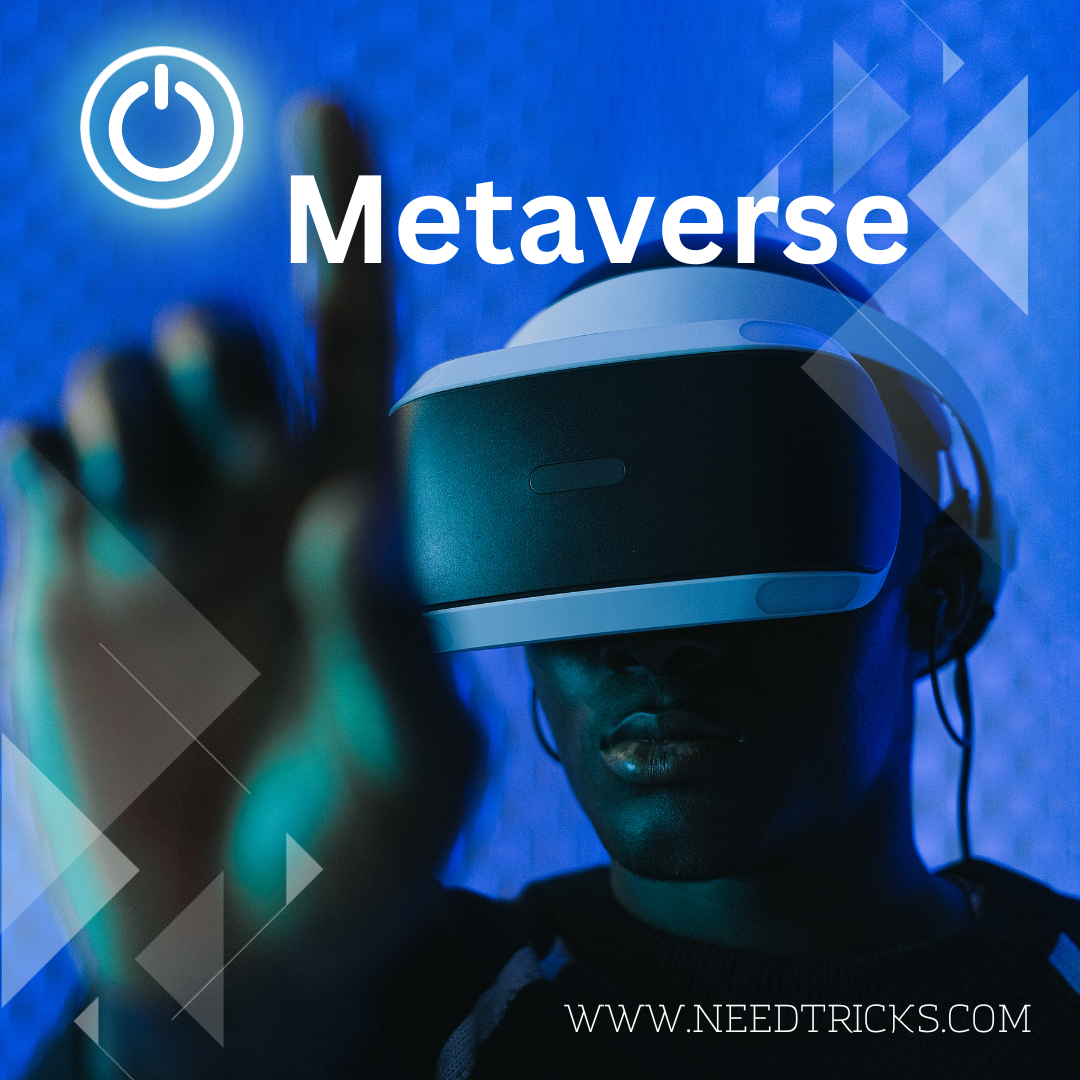The term “metaverse” has been around since the 1992 science fiction novel Snow Crash by Neal Stephenson. In the book, the metaverse is a virtual reality space where people can interact with each other and with virtual objects. Today, the concept of the metaverse has become more relevant than ever, as we see the rise of virtual. And augmented reality technologies and the increasing use of digital platforms for social and economic interactions.
What is the Metaverse?
The metaverse is a collective virtual shared space that is created by the convergence of multiple virtual worlds, augmented reality. And other immersive technologies it is a fully realized digital world that allows users to interact with each other. And with virtual objects in a way that is similar to how we interact in the physical world. The metaverse is not a single application or platform, but rather a network of interconnected platforms, applications, and devices that work together to create a seamless virtual environment.
The potential of the Metaverse
The metaverse has the potential to transform the way we live, work, and interact with each other. It could create new opportunities for education, entertainment, and social interaction. For example, it could allow people to attend virtual events, participate in online classes, and socialize with others in a virtual space. It could also create new economic opportunities, such as virtual real estate and virtual goods.
In addition, the metaverse could provide a way for people to escape from the limitations of the physical world. For example, people with disabilities or those who live in remote areas could use the metaverse to experience things that would otherwise be inaccessible to them. It could also provide a way for people to explore new worlds and experiences without leaving their homes.
The Challenges of the Metaverse
While the potential of the metaverse is exciting, there are also many challenges that must be addressed. One of the biggest challenges is ensuring that the metaverse is accessible to everyone, regardless of their economic or social status. This includes ensuring that the technology required to access the metaverse is affordable and widely available.
Another challenge is ensuring that the metaverse is safe and secure. This includes protecting users’ personal information and preventing cybercrime. It also includes ensuring that the virtual environment is free from harassment and discrimination.
Finally, there is the challenge of creating a metaverse that is open and interoperable. This means that different platforms and applications should be able to work together seamlessly, allowing users to move freely between them. This requires standardization and cooperation among technology companies, which can be difficult to achieve.
Conclusion
The metaverse is an exciting concept that has the potential to transform the way we live, work, and interact with each other. However, it is still in its early stages of development, and many challenges must be addressed before it can become a reality. As technology continues to evolve, we will undoubtedly see new opportunities and challenges arise in the quest to create a fully realized metaverse.









